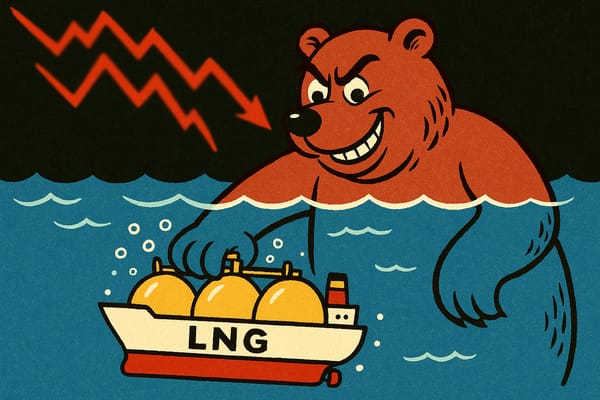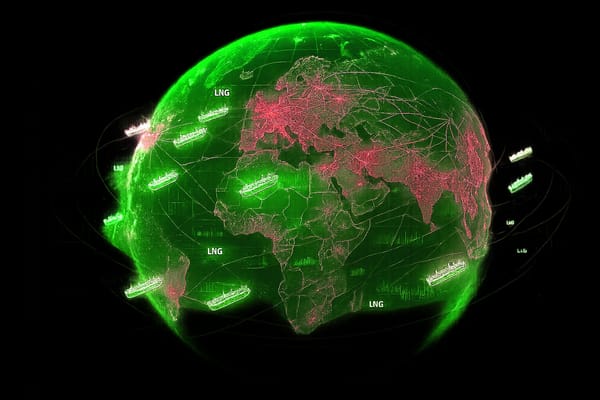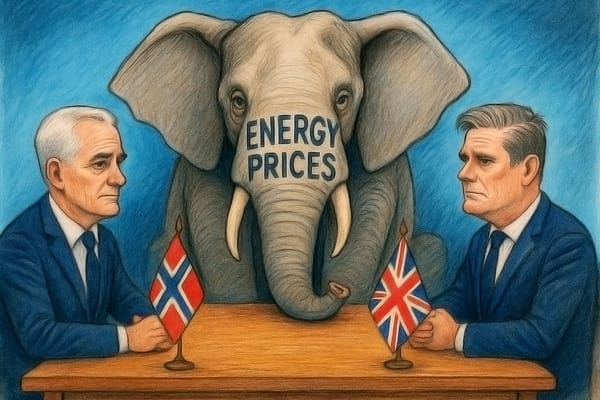The 27 Club
Who wants to place a wager on what the world will look like in 2050?


Member discussion: The 27 Club
Read what members are saying. Subscribe to join the conversation.
Who wants to place a wager on what the world will look like in 2050?


Read what members are saying. Subscribe to join the conversation.

EU gas bear market spells trouble for LNG exporters | Chart Deck — 4 Dec 2025

Speculative capital prices in return of Russian gas to Europe, as global LNG glut deepens | Chart Deck — 27 Nov 2025

New downloadable slide deck in PDF and PPSX formats, for convenient offline viewing

If we want to avoid populist parties weaponising energy prices we need to think differently, starting with trade relationships between the UK and Norway.